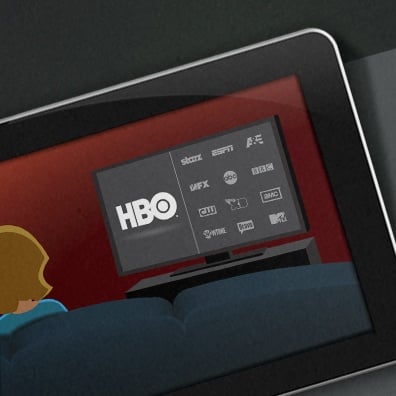 Even if you’re not an HBO subscriber, you’re likely familiar with the network’s smash hit “Game of Thrones.” The latest season ended a couple weeks ago, and HBO is basking in the glow of nationwide media coverage and thousands of fans promoting the show across their social media networks. But if HBO does not hook viewers with new shows, many will just move to other channels that offer the content they want to consume and share. Your prospective and current customers can be just as fickle when it comes to the inbound marketing content you develop in the on-going effort to hook them and turn them into brand advocates. As long as they find the content fresh and compelling, they’ll keep coming back. But if it grows stale or doesn’t answer their questions, you’ll quickly lose them. So how can you become that great content creation machine? The first step, without exception, is to develop a plan of action, even if at first that is simply laying out a series of processes you and your team can follow.
Even if you’re not an HBO subscriber, you’re likely familiar with the network’s smash hit “Game of Thrones.” The latest season ended a couple weeks ago, and HBO is basking in the glow of nationwide media coverage and thousands of fans promoting the show across their social media networks. But if HBO does not hook viewers with new shows, many will just move to other channels that offer the content they want to consume and share. Your prospective and current customers can be just as fickle when it comes to the inbound marketing content you develop in the on-going effort to hook them and turn them into brand advocates. As long as they find the content fresh and compelling, they’ll keep coming back. But if it grows stale or doesn’t answer their questions, you’ll quickly lose them. So how can you become that great content creation machine? The first step, without exception, is to develop a plan of action, even if at first that is simply laying out a series of processes you and your team can follow.
If you don’t have a strategy in place, you’re in the majority. While working to earn HubSpot's Inbound Certification through its excellent HubSpot Academy program, I came across a couple statistics that surprised me: only 44 percent of B2B marketers and 39 percent of B2C marketers have a documented content strategy. That means a concerted, well-planned effort will likely give you a leg up on your competitors.
I suspect a majority of marketing professionals – maybe even 100 percent – realize how important content creation is. The stumbling blocks appear when trying to figure out what topics to address and what tactics to use: blog posts, e-newsletters, social media engagement, infographics, videos, etc. Creating and implementing a strategy can help eliminate those brainstorm sessions that result in more blank stares and clean whiteboards than ideas and directions.
There are four building blocks on an on-going content creation strategy: plan, create, distribute, and analyze. I’ll cover the first two here, and my colleague Emily Butler will discuss how to effectively leverage the content you create and measure the results in her next post.
First, whom are you trying to reach? You likely have multiple target audiences, including companies in different industries, and executives across various business units within one company. Knowing your personas are and what wants or needs they hope you can help them address are critical to your success.
That leads to the next exercise: determine the topic, or topics, you want to address. The HubSpot Academy Inbound Marketing Certification lessons frequently use a term – “buyer’s journey” – that sounds like something only appropriate for B2C marketers, but I think it applies equally well to B2B.
In order to provide a solution, you have to understand the problem. The buyer’s journey will help you do this. The buyer’s journey is the active research process that people go through leading up to making a purchase. Picture the marketing textbook’s marketing funnel, but from the buyer’s perspective.
So now you’ve identified your target personas and the issues they’re facing, and used that information to determine the topic for your content. The next step is to set goals: how you will use the content you create to help reach those goals. For example, do you want people to visit specific pages on your web site, visit your trade show booth, request a sales demo, share something across their social networks – or even all of the above?
Then think about the format of that piece of content, realizing you have a number of great options: eBooks, customer case studies, videos, podcasts, webinars, white papers, and infographics, just to name a handful.
No matter what formats you leverage, remember that your customers and potential customers don’t care about the issues you’re facing, and won’t want to read a promotional piece about a product. They’re coming to you to learn how to solve their problems, so any presentation of your products or services must be part of a higher-level education effort. Become their trusted advisor, not just a company trying to sell them something.